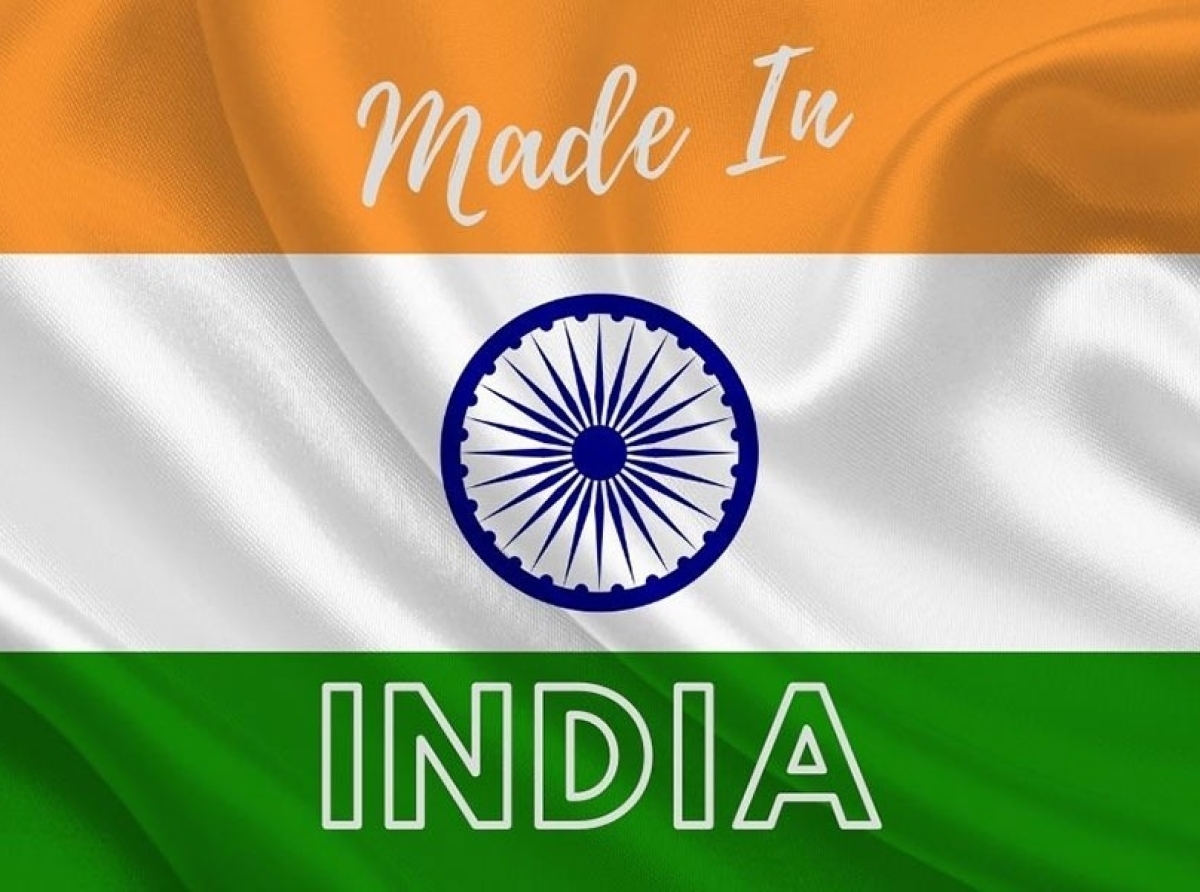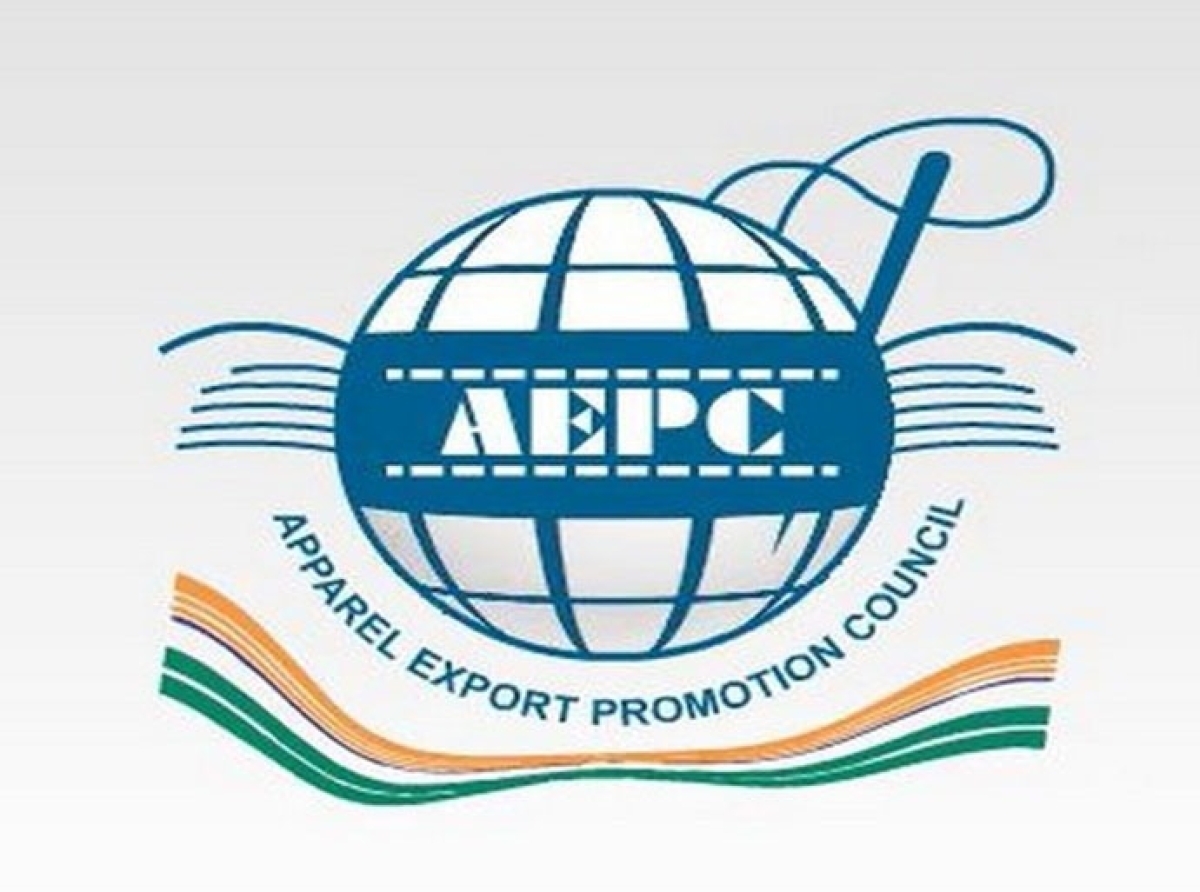India-Australia agreement: Apparel businesses optimistic about it

07 April 2022, Mumbai:
The signing of the long-awaited India-Australia Economic Cooperation and Trade Agreement – "IndAus ECTA" – has boosted the Indian garment industry's spirits.
The sector also praised the swift succession of such trade agreements, citing the India-UAE pact as an example. "Australia is the largest garment importer in the southern hemisphere," said Narendra Goenka, Chairman of the Apparel Export Promotion Council (AEPC), who hailed the ECTA struck between India and Australia.
In Australia, Indian apparel now has an average tariff of 4.8 percent, compared to zero percent for clothes from China and Bangladesh. Duty-free access to Indian garments would enable us to compete with global rivals and improve the competitiveness of our products."

ALSO READ India-Australia Historic ECTA: AEPC Hails
According to Raja M. Shanmugham, President of the Tirupur Exporters Association (TEA), this would strengthen our exporters' confidence and assist us to attain our goal of $1 trillion in goods exports by 2030.
For garment imports, Australia is heavily reliant on China. Despite a drop in import orders from all around the world, including Australia, India was able to maintain its share of roughly 3% of overall garment imports in Australia during the Covid-19 epidemic. In 2020, it was 3.22 percent, with the US $203 million in Indian clothing imports.
The reduction of the tariff disparity with China, according to Narendra Goenka, will assist the Indian garment sector take advantage of the China Plus One approach, which is being adopted by several nations.
RELATED NEWS India may become the world’s garment factory in 3 years: Chairman, AEPC
Because identical goods are created in India at similar price points, Australia is a key region for Indian garment exports. India has the ability to export knitted jerseys, pullovers, and T-shirts of man-made fibers (MMF), which is a large piece of Australian garment imports.
MMF's jerseys, pullovers, cardigans, waistcoats, and similar knitted/crocheted products were the most popular clothing imports last year. Cotton T-shirts comfortably occupied the second spot.
The Indian garment sector excels at generating spring and summer items, but not so well at manufacturing winter items. As a result, when making winter items, Indian manufacturers do not use their maximum potential. When Indian garment companies are experiencing a slow season, Australia, which is located in the southern hemisphere, will want spring and summer items.
RELATED NEWS Prime Minister Narendra Modi's 4 points strategic pathway aiming at $400Bn exports in FY22
"A zero-tariff agreement with Australia in the southern hemisphere will keep Indian manufacturers busy throughout the lean season with orders for our best-selling spring and summer items."
This will allow the facility to operate at full capacity throughout the year. In three years, zero-tariff access would more than treble Indian clothing exports to Australia, according to Narendra Goenka. Raja claimed that India's knitwear exports to Australia were anticipated to be around Rs. 925 crore in the previous financial year, 2021-2022, with a meager proportion of 2%, and he was hoping that the agreement will assist grow exports to Australia swiftly.
In the past financial year, 2021-2022, Tirupur alone exported knitted items worth roughly Rs. 630 crore to Australia, a figure that is expected to quadruple in the following two years.
Raja is hopeful that the Tirupur Knitwear Cluster units would seize this newfound opportunity and work hard to meet buyer demands and increase exports.
Join our community on Linkedin
CREDITS: Business Line & Apparel Resources (The news article has not been edited by DFU publications staff).
























